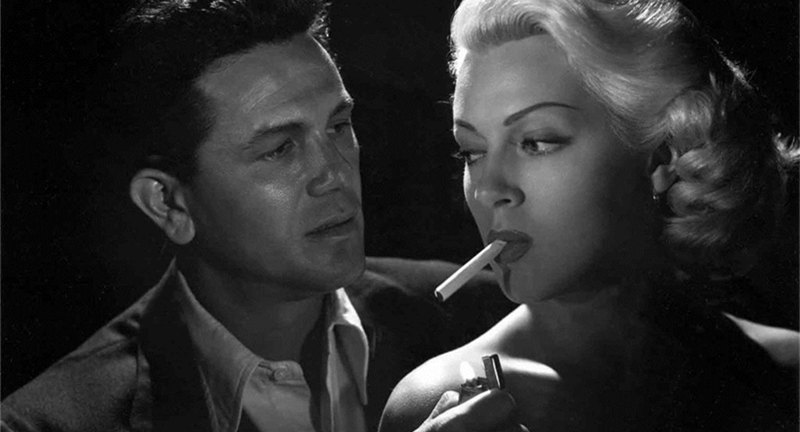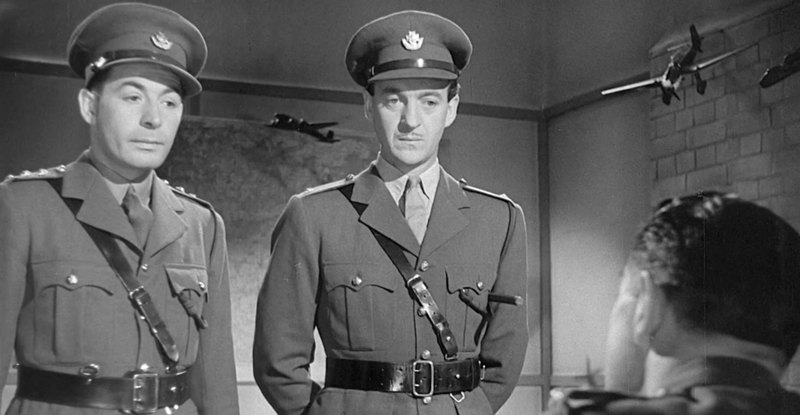One of the great mysteries of life for me growing up in the Fifties was trying to figure out the difference between “Our Gang” and “The Little Rascals.” It was almost as big an enigma as trying to determine who were “The Bowery Boys” and who were “The Dead End Kids.” With the “East Side Kids” thrown in for good measure. What was a fellow to think? After all, the primary actors all seemed to be the same.
Turns out, producer Hal Roach created “Our Gang” in the early Twenties in a succession of silent comedy shorts, continuing to produce them for the Hal Roach Studios until 1938, when he sold the series to his distributor, MGM. The MGM studio continued to produce the “Our Gang” shorts until 1944, when the popularity of the films finally faded. It is these latter “Our Gang” comedies that this set collects together, the fifty-two “Our Gang” shorts that MGM filmed between 1938 and 1944. Warner Bros. make the five-disc DVD set available on demand from their Web site, WarnerArchive.com.
When the heyday of television arrived in the 1950s, Roach syndicated his early “Our Gang” short subjects to TV. But by then MGM owned the “Our Gang” name, so Roach packaged his pre-1938 films under a new banner, “The Little Rascals.” Same movies, same actors, different name. End of mystery.
Not that the actual actors remained the same throughout the twenty-odd-year history of the series, obviously. Both Roach and MGM went through a flock of young people in the leading roles, the ones making the transition in 1938 being among the most familiar. If you’re like me, not a dedicated fan of “Our Gang” but a casual observer, you’ll probably best remember George “Spanky” McFarland, Carl “Alfalfa” Switzer, Billie “Buckwheat” Thomas, Darla Hood, Tommy “Butch” Bond, Darwood “Waldo” Kaye, Billy “Froggy” Louflin, and others. You’ll find them all here, of course, although most of them got too old to continue before the series ended. Louflin and Thomas were about the only familiar names left when the final “Our Gang” episode appeared, with Robert “Mickey” Blake (“In Cold Blood,” “Baretta,” “Hell Town”) heading up the new cast.
There are fifty-two comedy shorts in the set, at about eleven minutes each, and Warner Bros., who now own the rights to the MGM films, present them in chronological order, beginning with “The Little Ranger” from 1938 and ending with “Tale of a Dog” in 1944.
Today, one can still see the impact of the “Our Gang” shorts on movie comedies that feature children. Beyond the most apparent, like “The Goonies,” “The Sand Lot,” and the 1955, 1978, 1982, and 1994 “Little Rascals” TV and movie remakes, there are the “Home Alone” pictures and “A Christmas Story” and dozens like them, all testaments to the enduring influence of the originals.
Still and all, I have to admit that these 1938-1944 MGM “Our Gang” comedies don’t quite measure up to my recollection of the best of the series. These later entries seem too repetitious, too tired, and too serious compared to the gang’s free-spirited early days. And with the major stars dropping out due to age, the newcomers didn’t always satisfy audience demands. Moreover, as the series got into its final years, there were more and more adults playing dominant roles, with plots becoming overly mature, overly thematic, and overly starchy, the stories and characters losing some of their early charm. Or maybe it’s just me, growing older and clinging to cherished memories that in reality can never live up to their reputation in the mind’s eye.
In any case, a little of the “Our Gang” collection goes a long way, and by the end of five discs I was feeling somewhat exhausted. Yet taken in small bits and pieces as the studio intended, they continue to bring a smile to the lips and a degree of joy to the heart.
Video:
As always, Warners found the best existing prints of these old MGM short subjects, and presumably with a little touching up the films look quite good. Of course, there are white specks and occasional lines; these are not frame-by-frame restorations, after all. Nevertheless, the black-and-white contrasts show up in sharp relief, and object definition is excellent. Naturally, the transfers preserve the original screen ratio, or something close to it at 1.33:1.
Having nothing else to review one afternoon, I spent a marathon session watching about half the films in the set, four or five from each disc. What I found was an admirable consistency throughout the series, the video quality from one short to the next looking practically the same. Certainly, there are some films that look slightly better or slightly worse than others, but, overall, they will not disappoint the dedicated collector.
Audio:
The Dolby Digital soundtracks are in monaural, but my DVD player says it’s 2.0 mono, so you’ll get a separate monaural signal from each channel. Either that, or if you have your receiver set for something like Dolby ProLogic, it will direct the two signals to the center speaker. In any case, you’ll find the audio clean and clear and little else. It’s virtually all midrange, as we might expect, with a limited dynamic range and impact. Nevertheless, it probably sounds better today than it did in any theater in the Thirties or Forties, so we should be thankful.
Extras:
Each disc contains from eight to eleven short subjects, no more, no less. There are selection screens, but English is the only language choice, and there are no subtitles.
Parting Shots:
Warner Bros. include an odd disclaimer and warning on the back of the keep case. It reads, “The ‘Our Gang Collection’ is intended for the adult collector and is not suitable for children.” What? Not suitable for children? MGM made them for children. It’s millions of children who have been watching them for the past eighty years and more. Understandably, the studio wants to disassociate itself from elements of the series that may seem politically incorrect today–some implicit racism, some comedic hooliganism, some inevitable defiance of authority–just as the studio warned against such issues in sets of their early Looney Tunes and Merrie Melodies cartoons.
Anyway, if the folks at Warners don’t mean the “Our Gang Collection” for children, only for adults, exactly which adults? Does the studio intend the collection only for die-hard adult fans of “Our Gang”? Or only for older adults nostalgic for the films of their youth? Or only for adult completests, intent on owning everything in the “Our Gang” library? I dunno. But not for kids? As I say, odd.


